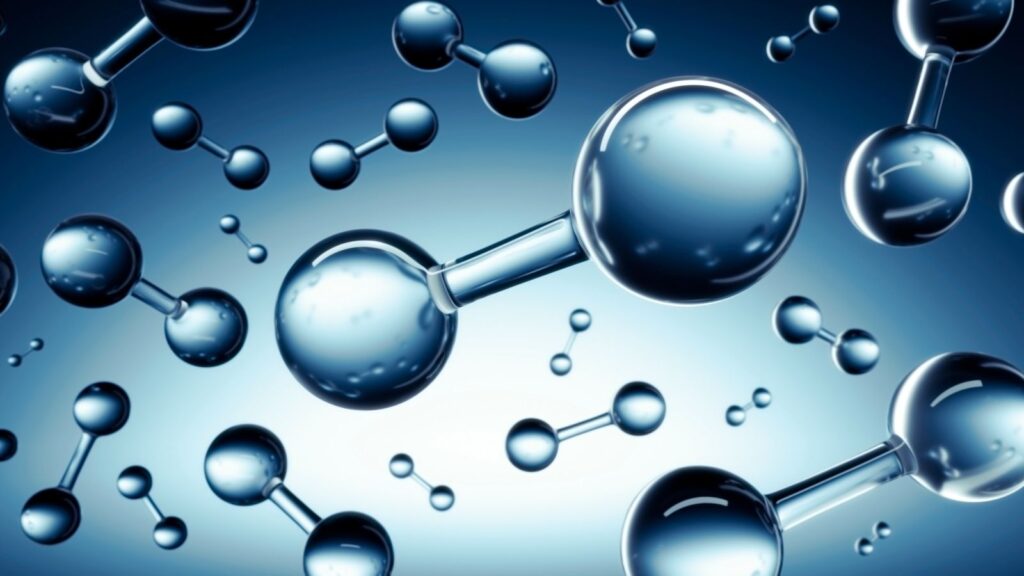Future electric vehicles could do away with lithium-ion batteries thanks to new advances in hydrogen energy storage at much lower temperatures than before.
Researchers at Tokyo University of Science have created a hydrogen battery that uses magnesium hydride as the anode, hydrogen gas as the cathode, and a solid electrolyte with a crystalline structure.
you may like
Similar to hydrogen fuel cells, hydrogen cells with solid-state components already exist. However, the former requires high operating temperatures, and the latter struggles to achieve efficiency comparable to lithium-ion batteries and also struggles to store hydrogen gas under high pressure. However, using this new hydrogen battery, the scientists achieved the full theoretical storage capacity of the MgH2 anode and high ionic conductivity at room temperature.
solid foundation
The core of this hydrogen battery is the solid electrolyte. Electrolytes formed of barium, calcium, and sodium hydrides have a crystalline structure that provides both high electrochemical stability and high ionic conductivity, especially for hydrogen ions, at relatively low temperatures.
In operation, this new battery works much like a lithium-ion battery, except that instead of positively charged ions traveling through an electrolyte, it uses hydride ions, which are negatively charged and can pass through crystal structures.
When power is applied (discharged), the hydrogen gas in the cathode undergoes a chemical reaction and is reduced to hydride ions, which travel through the electrolyte to the magnesium anode, where it oxidizes to form MgH2. In this state, a redox reaction (oxidation-reduction) occurs and electrons are lost from the negatively charged anode. These flow through an external circuit to the cathode, which has a net positive charge and in doing so powers the connected device or system.
If an external power source invokes redox, the opposite happens when charging. Here, the MgH2 anode releases hydride ions, which pass through the electrode and are oxidized at the hydrogen electrode to form hydrogen gas. Therefore, electrons flow from the H2 electrode to the Mg electrode until no reduction reaction occurs, that is, until the battery is fully charged.
This battery design can store and release hydrogen gas on demand in solid-state cells with a capacity of 2,030mAh per gram (for reference, lithium-ion batteries tend to have a capacity of 154-203mAh per gram, but some of the best cell phones have a lithium-ion battery capacity of 5,000mAh across cells).
With operating temperatures slightly lower than the boiling point of water, such batteries are not ready for use in everyday electronics such as smartphones and laptops, but there is scope to pave the way for more efficient and easier hydrogen storage. This could lead to electric vehicles using hydrogen batteries rather than lithium-ion batteries, which are heavier and suffer from degradation and reduced efficiency over their service life.
Better hydrogen storage without the need for high-pressure systems, extreme cooling, or high operating temperatures could further expand the use of hydrogen as a green power source. That’s because it could have a lower carbon footprint than fossil fuels or current hydrogen-based power systems.
Although hydrogen has often been touted as one way to transition to green energy, its production, storage, and use in power supply systems remains a niche activity. Once scaled up and production begins, this battery breakthrough could further propel hydrogen as the fuel of the future.
Source link

